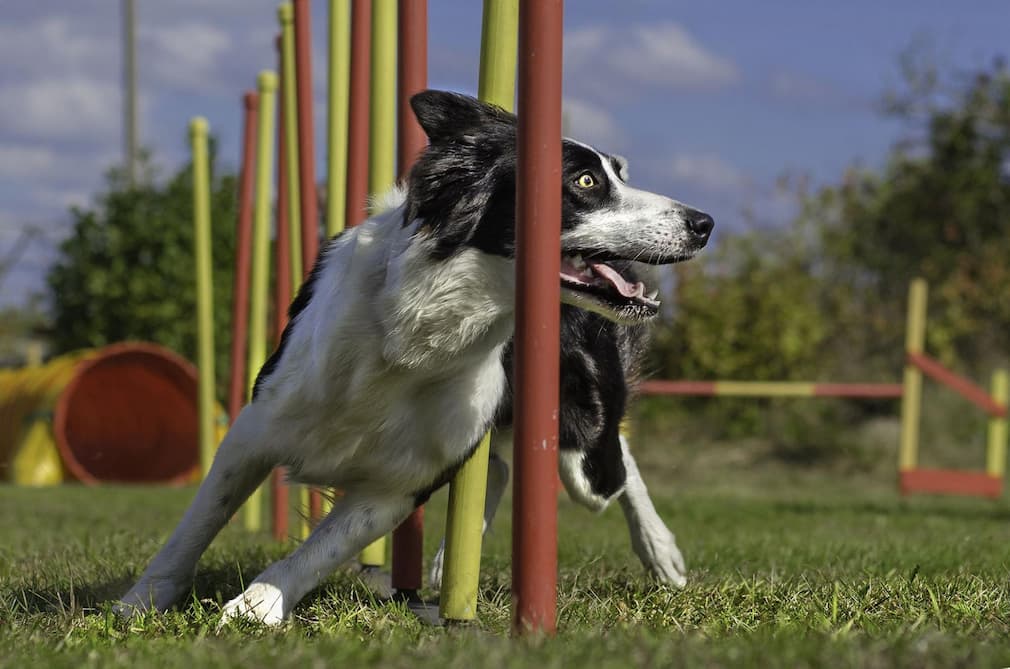Obedience training for dogs is a transformative journey that not only enhances the canine-human bond but also fosters a well-behaved and balanced companion. The three fundamental commands sit, stay, and succeed serve as the cornerstone of effective obedience training. Sit is the gateway to discipline, requiring the dog to lower its hindquarters to the ground upon command. This command establishes immediate control and is foundational for further instructions. The act of sitting not only curtails impulsive behaviors but also signifies a willingness to engage with the owner. As the dog learns to sit on cue, it paves the way for a smoother integration of other commands. Stay is the linchpin that fortifies a dog’s self-control and patience. Teaching a dog to remain in a specific position until given the signal to move ensures safety and reinforces the owner’s authority. Whether it is waiting at the door, staying put during mealtimes, or resisting the urge to chase after distractions, the stay command imbues a dog with invaluable restraint.

This command, when mastered, instills a sense of trust between the owner and the dog, as the latter learns to rely on the former for guidance and protection. The pinnacle of obedience training lies in the command succeed. Beyond the conventional commands, success in obedience training means fostering a well-rounded, socially adept, and emotionally stable canine companion. It involves teaching more complex behaviors, such as recall, loose-leash walking, and polite greetings. Success in obedience training is not just about following commands but about the dog’s ability to navigate the human world with confidence and composure. It is a holistic approach that encompasses both the physical and mental well-being of the dog, promoting adaptability in various environments and situations. Consistency is the golden thread that weaves these key elements together. For obedience training to be effective, commands must be clear, concise, and reinforced consistently. Dogs thrive on routine, and repetition helps solidify their understanding of commands.
Positive reinforcement, such as treats, praise, or play, further strengthens the learning process, making it enjoyable for the dog and reinforcing the desired behaviors and go here. Conversely, corrections should be timely, fair, and never harsh, ensuring that the dog associates obedience with positive experiences. In conclusion, the trio of commands sit, stay, and succeed comprises the bedrock of a well-rounded obedience training regimen. These commands not only instill discipline and control but also lay the groundwork for a harmonious relationship between dog and owner. Obedience training is an ongoing process that extends beyond the basics, encompassing a spectrum of behaviors that culminate in a dog’s ability to thrive in diverse environments. Through consistent and positive reinforcement, dogs not only learn to sit and stay but also succeed in becoming cherished companions, adept at navigating the intricacies of the human world.
